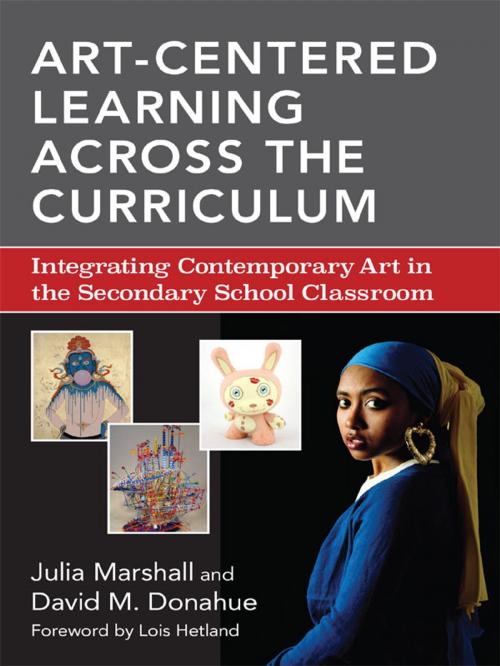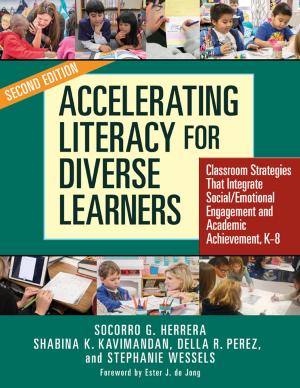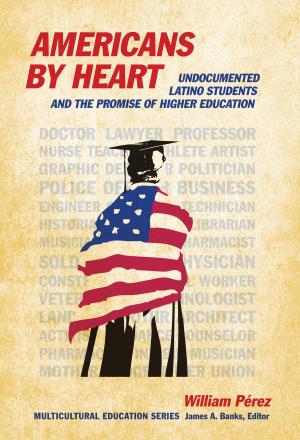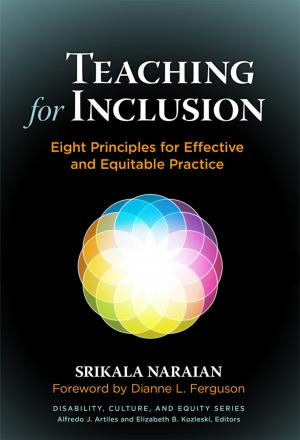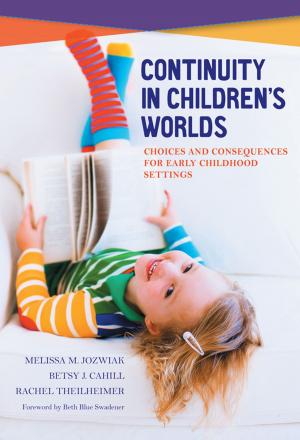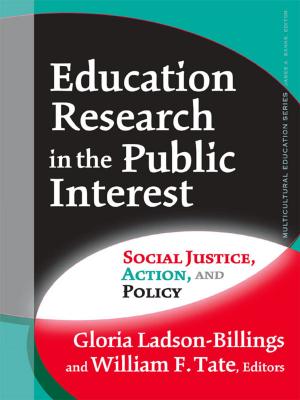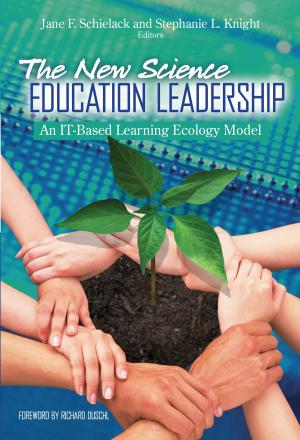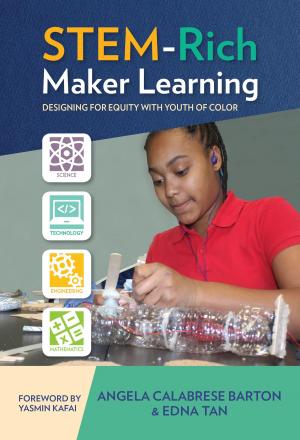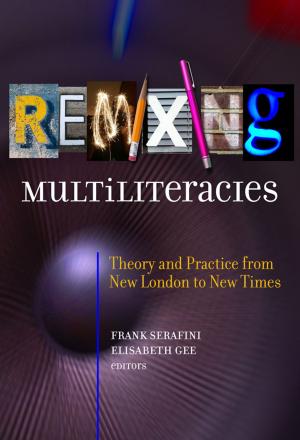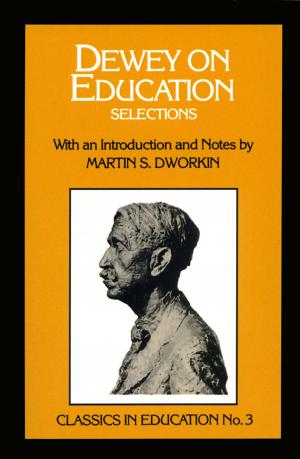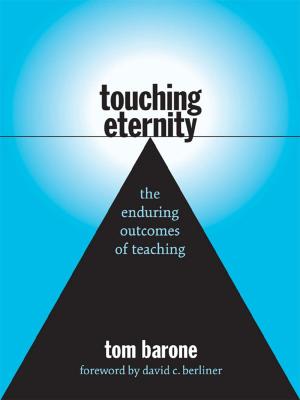Art-Centered Learning Across the Curriculum
Integrating Contemporary Art in the Secondary Classroom
Nonfiction, Reference & Language, Education & Teaching, Secondary Education, Teaching, Teaching Methods| Author: | Julia Marshall, David M. Donahue | ISBN: | 9780807773260 |
| Publisher: | Teachers College Press | Publication: | December 15, 2009 |
| Imprint: | Language: | English |
| Author: | Julia Marshall, David M. Donahue |
| ISBN: | 9780807773260 |
| Publisher: | Teachers College Press |
| Publication: | December 15, 2009 |
| Imprint: | |
| Language: | English |
This handbook provides teachers with a framework for implementing inquiry-based, substantive art integration across the curriculum, along with the background knowledge and models needed to do this. Drawing on ideas from Harvard Project Zero, the authors make a clear and compelling argument for how contemporary art supports student learning. The text features subject-specific chapters co-written by teaching scholars from that discipline. Each chapter includes examples of contemporary art with explanations of how these works explore the fundamental concepts of the academic discipline. The book concludes with a chapter on an integrated, inquiry-based curriculum inspired by contemporary art, including guidelines for developing art projects teachers can adapt to their students’ interests and needs. This resource is appropriate for art teachers, as well as subject-area teachers who are not familiar with using contemporary art in the classroom.
“I am so excited about this book! The visuals alone are enough to clue teachers in on ways that Contemporary Art can blow their curriculums open to become engaging, relevant vehicles for their students to ride across the 21st century. From the first scan, readers cannot help but see the power of Contemporary Art in transforming classrooms and learning.”
—From the Foreword by Lois Hetland, professor and chair of art education at Massachusetts College of Art and Design, and co-author of Studio Thinking 2
“Art-Centered Learning Across the Curriculum well surpasses its goal to demystify contemporary art for K–12 teachers. In this important text, the authors present a direct challenge to educators and public education reformers of all stripes to embrace the arts and design practices across disciplines as a potent means for building beautiful minds, not merely as a tool for beautifying dingy school corridors. This new book serves as a primer for fashioning the kinds of integrated curriculum frameworks required for success in today’s global knowledge economy.”
—James Haywood Rolling Jr., chair of art education and a dual professor in art education and teaching and leadership, Syracuse University
This handbook provides teachers with a framework for implementing inquiry-based, substantive art integration across the curriculum, along with the background knowledge and models needed to do this. Drawing on ideas from Harvard Project Zero, the authors make a clear and compelling argument for how contemporary art supports student learning. The text features subject-specific chapters co-written by teaching scholars from that discipline. Each chapter includes examples of contemporary art with explanations of how these works explore the fundamental concepts of the academic discipline. The book concludes with a chapter on an integrated, inquiry-based curriculum inspired by contemporary art, including guidelines for developing art projects teachers can adapt to their students’ interests and needs. This resource is appropriate for art teachers, as well as subject-area teachers who are not familiar with using contemporary art in the classroom.
“I am so excited about this book! The visuals alone are enough to clue teachers in on ways that Contemporary Art can blow their curriculums open to become engaging, relevant vehicles for their students to ride across the 21st century. From the first scan, readers cannot help but see the power of Contemporary Art in transforming classrooms and learning.”
—From the Foreword by Lois Hetland, professor and chair of art education at Massachusetts College of Art and Design, and co-author of Studio Thinking 2
“Art-Centered Learning Across the Curriculum well surpasses its goal to demystify contemporary art for K–12 teachers. In this important text, the authors present a direct challenge to educators and public education reformers of all stripes to embrace the arts and design practices across disciplines as a potent means for building beautiful minds, not merely as a tool for beautifying dingy school corridors. This new book serves as a primer for fashioning the kinds of integrated curriculum frameworks required for success in today’s global knowledge economy.”
—James Haywood Rolling Jr., chair of art education and a dual professor in art education and teaching and leadership, Syracuse University
